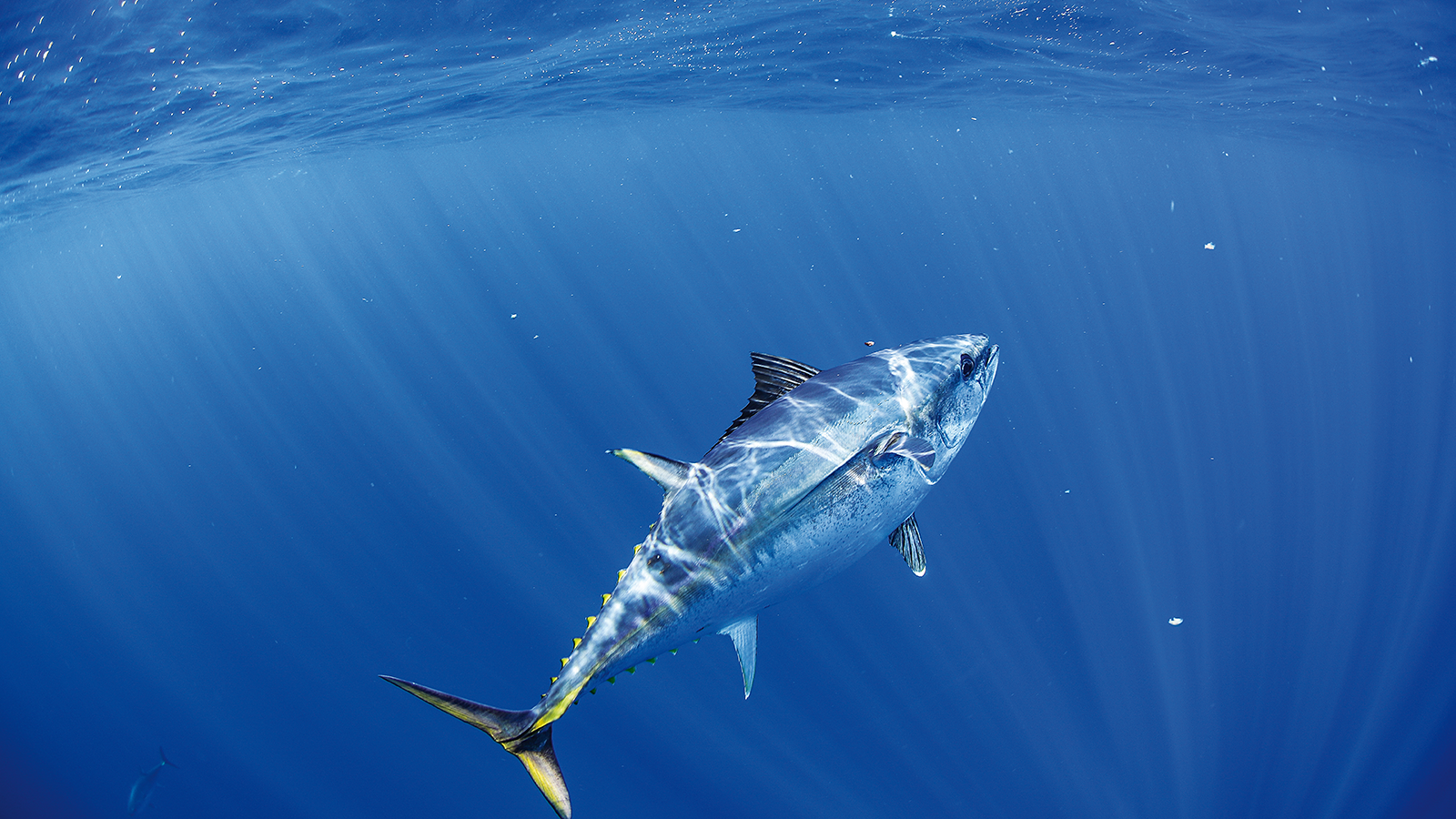Establishing a national end of life fishing/aquaculture gear recovery system for Australia
Building on the circularity discussions and work being undertaken by FRDC and the industry, this project seeks to undertake the legwork required to establish a nationwide on-demand End of life (EOL) fishing gear recovery system for Australia and pilot it in key locations. The materials that many nets and ropes are made of are highly valuable and recyclable and in fact in many other countries, is already being recycled or remanufactured. Until now, having a national system has been cost prohibitive due to the large distances and need for economies of scale and limited local buyer interest. As a part of the national targets set by the Australian Government relating to plastics use and recycling, commercial fishing and aquaculture sectors have been exploring how to move to a circular economy model and reduce plastic inputs through a variety of projects run by FRDC and others. However, with fishing gear the biggest plastic polymer input, and contamination challenges, there has yet to be a suitable system established.
This project seeks to enable the opportunities that addressing EOL gear provides in Australia to the commercial fishing and aquaculture sector through the establishment of an effective EOL fishing gear recovery system for the country to reduce the landfill costs to industry. It seeks to build on the learnings from previous projects as well as the ten years of experience of our partner Bureo has in in operating an EOL fishing gear recovery program. Bureo currently have an EOL gear recovery system active in 9 countries.
The key objectives are:
● By the end of 2026 there is an effective end-of-life fishing/aquaculture gear recovery system implemented across key fishing ports, and key aquaculture centres benefiting regional communities and fisheries conservation and assisting the Australian Government to address plastic recovery/recycling targets.
● By the end of 2024, the enabling environment for an effective and fit for purpose EOL fishing/aquaculture gear recovery system is in place within Australia, with commencement of recycling underway in key pilot locations.











